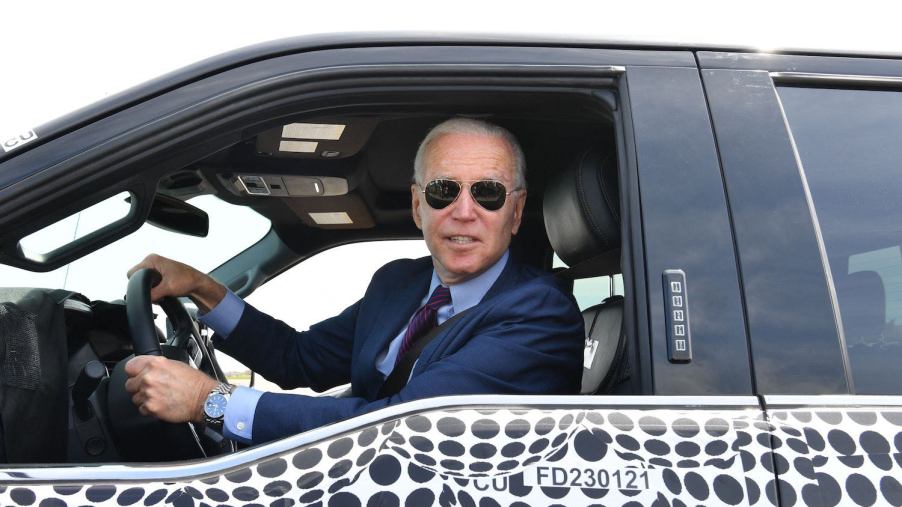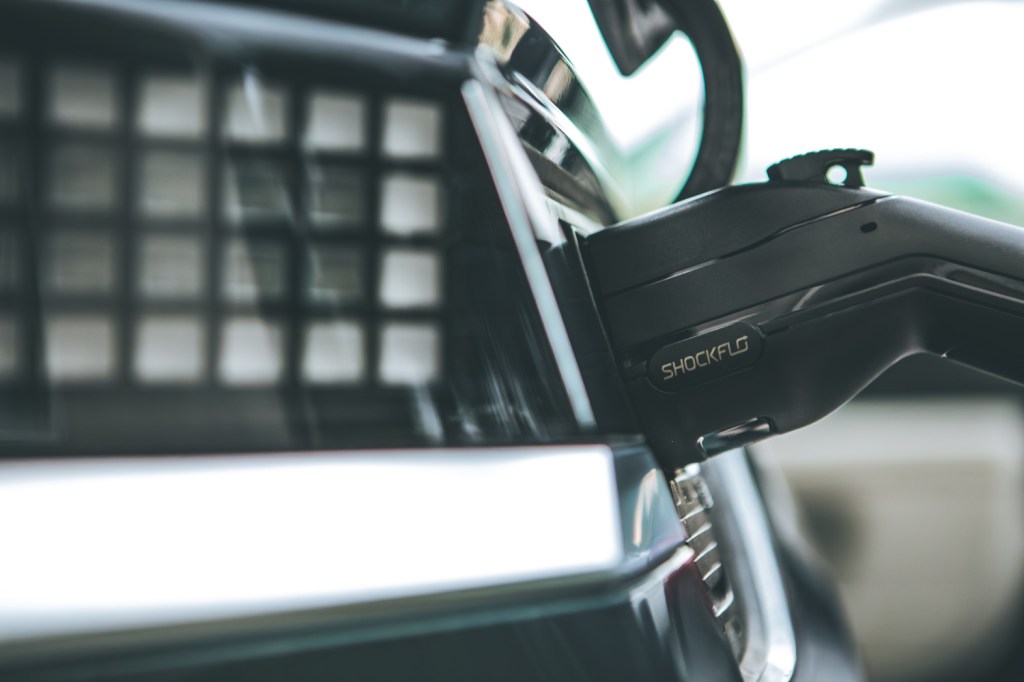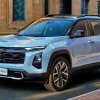
3,882 Dealerships to President Biden: Pump the Brakes on EVs
Dealerships are saying, “Enough is enough.” 3,882 dealers, hailing from all 50 states, signed an open letter to President Biden. They say their lots are filling with electric vehicles they can’t sell. While this is a real problem, the way we got here is more complicated than it seems.
Across several administrations, the U.S. government has been squeezing automakers with tightening emissions standards. But it hasn’t invested in a real public charger infrastructure. For their part, automakers have built an increasingly electric lineup, but stacked it with overpriced luxury vehicles. This leaves the small business owners who operate dealerships stuck in the middle.
But what if I told you there is another way?
Mickey Anderson owns 20 dealerships in Nebraska, Missouri and Colorado. After signing the letter to Biden, he summed up the problem for the Axios news site:
“We’ve been far too focused on the Tesla buyer, the well-heeled one-to-two percenters…We’re forgetting about the people where a car is not a luxury — it’s a necessity.”
Mickey Anderson, dealership owner
Anderson understands his buyers well. An EV currently can cost 40% more than a comparable ICE vehicle. There are several reasons EVs are so expensive, but they don’t need to be.
First of all, many automakers are taking a page out of Teslas playbook and positioning their first EVs as luxury vehicles. Secondly, we’re seeing a ton of “feature creep” with EVs. For example, automakers are scamming us into believing that self-driving and electrification must go hand-in-hand. GM just sank $8 billion into self-driving “cruise” tech that is still hitting pedestrians, and trying to pass that investment on to the consumer.

Finally, lithium-ion batteries are expensive to build. Sure, the Lucid Air “Touring” trim claims a 425-mile range. But that car also starts at $95,000. The average U.S. driver can’t afford a car like that, and they shouldn’t need it. What we need are short-range EVs with 800-volt rapid charging capabilities, coupled with a robust charger network.
I recently wrote up the small, efficient, fast-charging EVs that can outrun range anxiety and roadtrip indefinitely. We currently have the technology to get more than seven minutes of drive time for every one minute of charging time. This means you could charge for 25 minutes and drive for three hours. This may not be ideal, but with enough DC fast chargers, it is workable for most folks.
Am I saying EVs are the perfect solution for every driver in every part of America? Heck no!
Here’s an example, because hauling a heavy trailer slices an EV’s range in half, electric pickup trucks will probably be limited to commercial fleets with set daily mileages for some time. This may be why Anderson is sitting on 12 F-150 Lightnings that no one wants.
But the right EV could be a great commuter. It could save two-car families some serious money over its lifetime. And that’s something we can all get behind.
Currently, 7.5% of new car sales and 1% of vehicles on the road are electric. If automakers and the government both stepped up and did their part, I know we could have many more EVs on the road, and dealerships would be thanking the President instead of complaining.
It seems both the administration and automakers are seeing the light. President Biden just earmarked $7.5 billion for the public charger network. I’ve got my fingers crossed that this money goes to the DC fast chargers on road trip routes that we need. We also have 800-volt EVs with efficient kW/hour ratings already on lots, such as Hyundai’s current lineup. Here’s to hoping the Detroit Three catch up soon.



